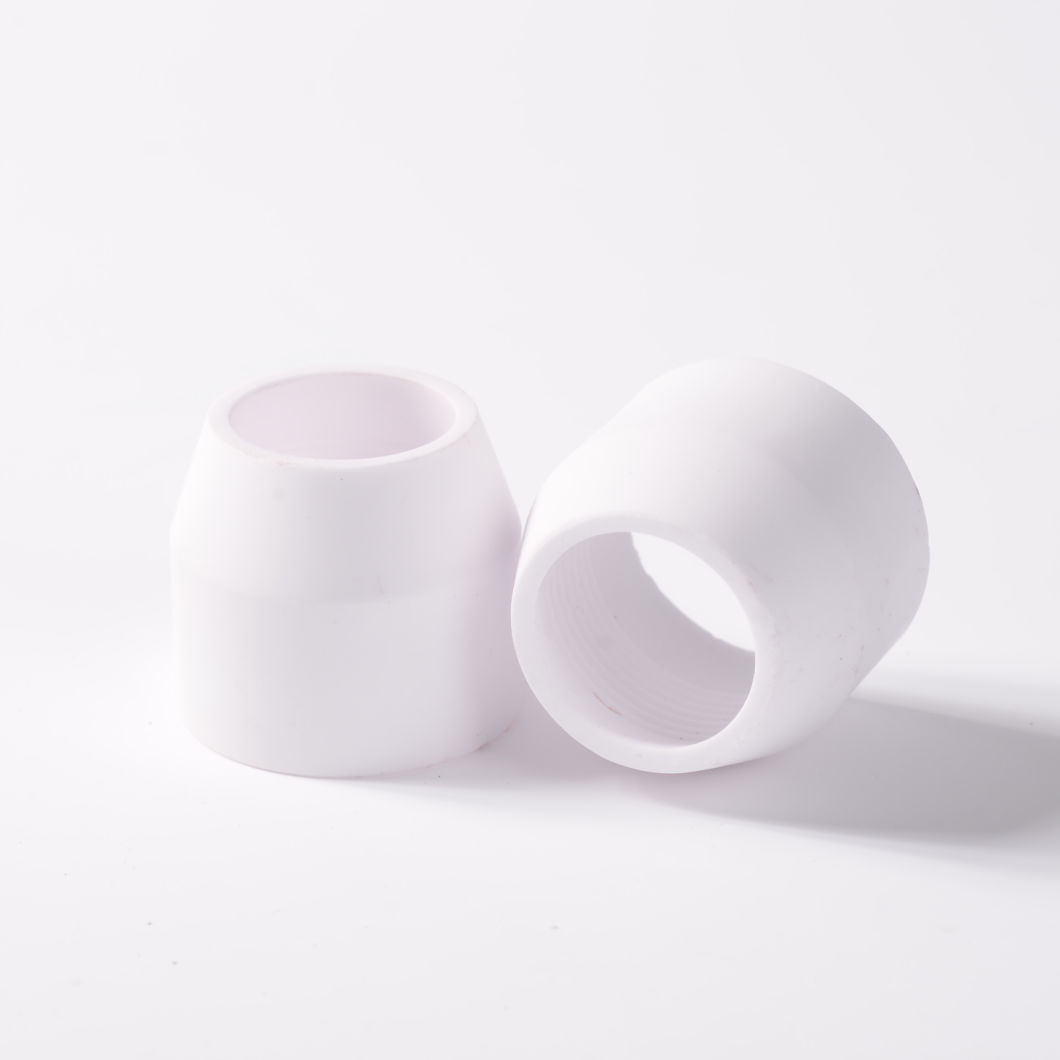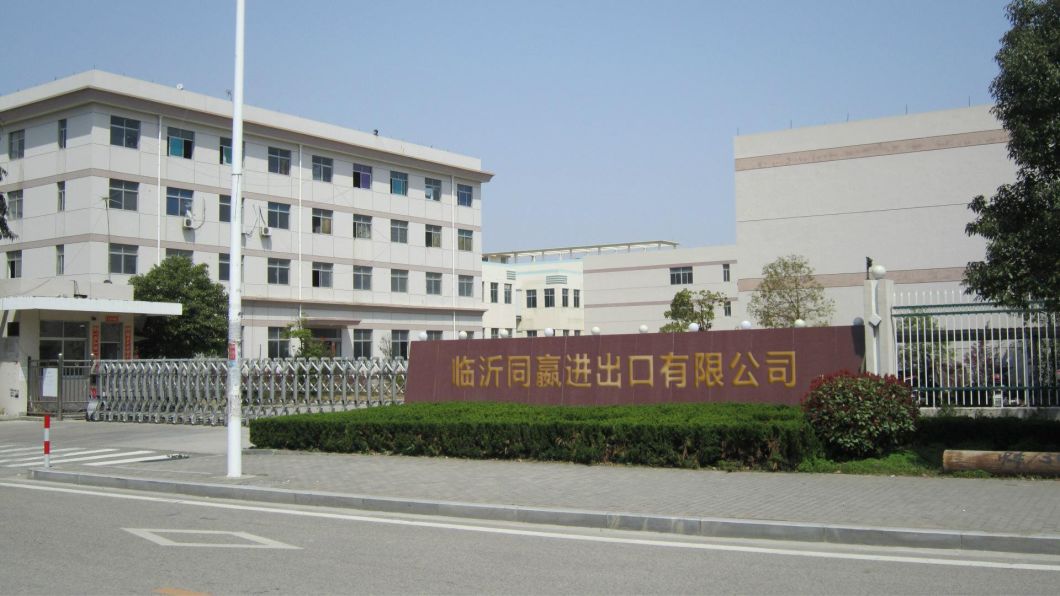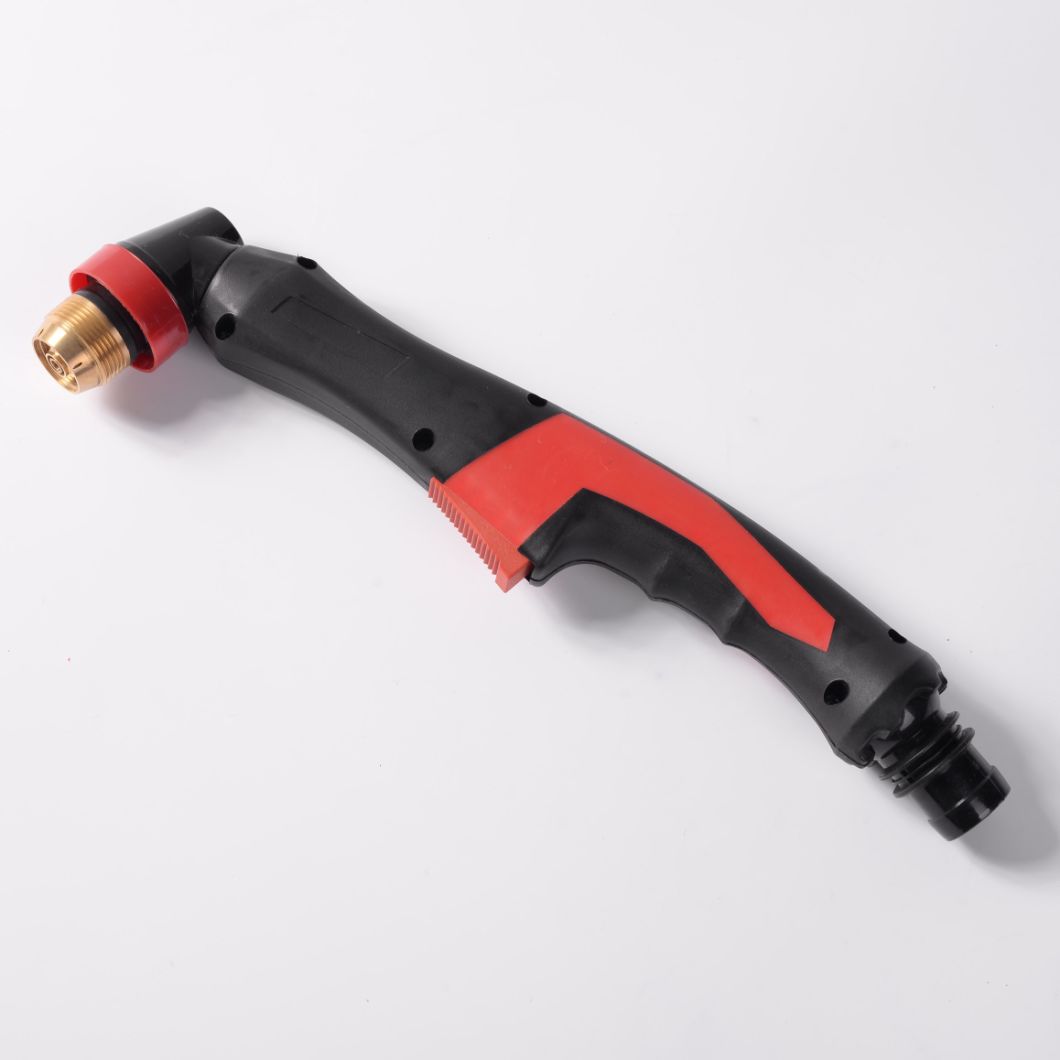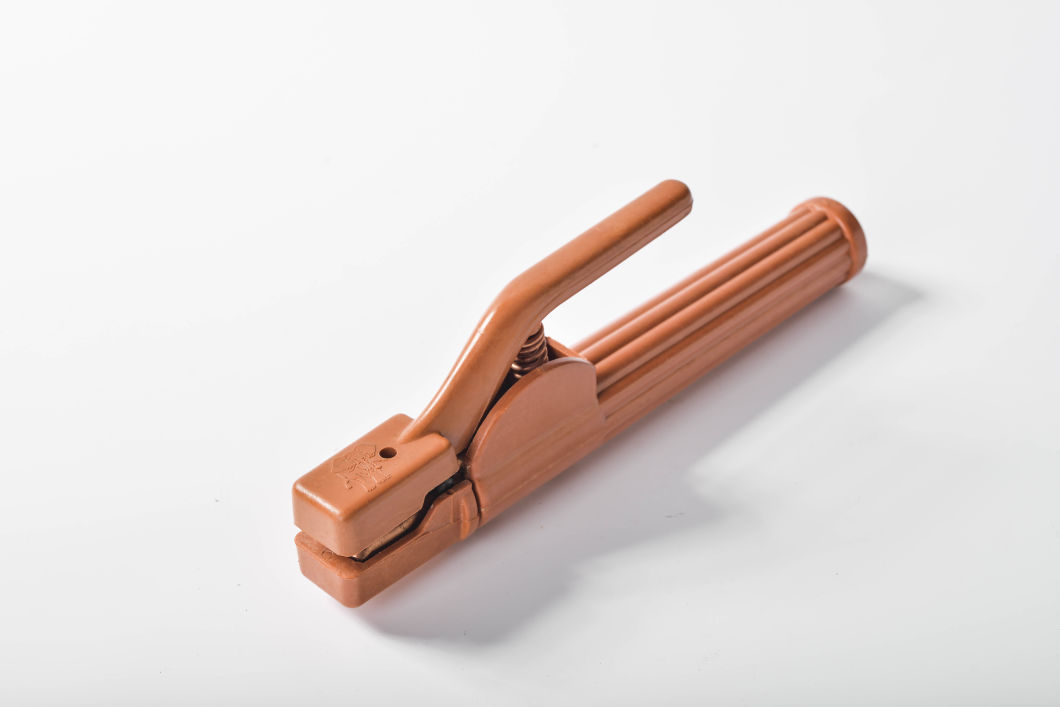Rice Cooker
A rice cooker or rice steamer is an automated kitchen appliance
designed to boil or steam rice. It consists of a heat source, a cooking bowl,
and a thermostat. The thermostat measures the temperature of the cooking bowl
and controls the heat. Complex rice cookers may have many more sensors and
other components, and may be multipurpose. Cooking rice has traditionally
required constant attention to ensure the rice was cooked properly, and not
burnt. Electric rice cookers automate the process by mechanically or
electronically controlling heat and timing, thus freeing up a heating element
on the cooking range that had to be otherwise occupied for rice cooking.
Although the rice cooker does not necessarily speed up the cooking process,
with an electric rice cooker the cook's involvement in cooking rice is reduced
to simply measuring the rice, preparing the rice properly and using the correct
amount of water. Once the rice cooker is set to cook, the rice will be cooked
with no further attention.
Features:
For modern home
rice cookers, the smallest single-person model cooks 1 rice cup (180 ml),
whereas large models can cook 10 cups. Commercial models can cook 20 or more
cups. As a possible source of confusion, model specifications and names may
list either cooked or uncooked capacity. Rice roughly doubles in size during
cooking; therefore, a 10 cup (uncooked) rice cooker can produce up to 20 cups
of cooked rice. The prices vary greatly, depending on the capacity, features,
materials used, and the country of origin.
The majority of
modern electric rice cookers are equipped with a stay-warm or keep-warm feature,
which keeps the rice at an optimal temperature for serving without over-cooking
it. Some gas cookers also have electric stay-warm mechanism. However, the
usefulness of this feature degrades over time, a microwave may be more energy
efficient or better suited to reheat rice that will sit longer than four hours.
Some rice
cookers use induction heating, with one or more induction heaters directly
warming the pot. This can improve energy efficiency.
Most modern
rice cookers use aluminium for the inner cooking bowl. There are some models
that use stainless steel instead of aluminium. Various other materials, such as
copper, pure carbon, ceramic, and diamond powder coating, may be used for
higher heat conductivity or better taste.
The
pressure-cooking models can raise the water's boiling point higher, e.g., from
100 °C at 1.0 atm up to about 110 °C at 1.4 atm, which speeds cooking. The
pressure-cooking models can also be used in high altitude areas, where the
boiling temperature is below 100 Celsius. Pressure cookers are also suitable
for cooking brown rice (which contains oils and bran fiber that cook
differently from pure white rice starch). Some pressure rice cookers have a
varying pressure control mechanism (named the "dual-pressure" method)
that creates repeated pressure/release cycles during the cooking.
There also
exist mechanisms to collect and return the boiled over liquid to the inner rice
bowl.
Many cookers now have microprocessor-controlled cooking cycles, which are often used to adjust for rice and
cooking type.
Applications
Rice cookers are typically used for the preparation of plain or
lightly seasoned rice. Each rice cooker model may be optimized to cook a
certain type of rice best. For example, most Japanese rice cookers are
optimized for cooking Japanese rice and may not be the best for other types of
rice[citation needed], although cooking time can be lengthened simply by more
water.
The typical method of cooking long grain rice
is boil-and-strain and/or steaming method. The absorption method used in
Japanese rice cookers will produce slightly different texture and taste,
usually stickier rice.
Brown rice generally needs longer cooking
times than white rice, unless it is broken or flourblasted (which perforates
the bran).
Different varieties of rice need different
cooking times, depending on their grain size, grain shape, and grain
composition. There are three main types of Asian rice: Oryza sativa subsp.
indica, i.e., Indian rice (long grain rice, e.g., basmati rice and Thai jasmine
rice), O. sativa subsp. javanica, i.e., Java rice (large grain rice) and O.
sativa subsp. japonica, i.e., Japanese rice (medium grain rice, e.g., Calrose
rice, short grain rice, e.g., most Japanese rice and risotto rice).
African rice, Oryza glaberrima, is an entirely
separate species, but can be cooked in the same way. Zizania is not even in the
same genus, although it is often called a rice (or "water oats"); it,
too, can also be cooked in a rice cooker.
A
rice cooker can be used to cook many boiled or steamed granular foods, such as
pot barley, bulgar wheat, and dal. Provided the ingredients have similar
cooking times, a rice cooker can cook mixtures such as khichdi. Some rice
cookers can be used as automated couscoussiers, cooking couscous and a stew
simultaneously.
Rice Cooker,Drum Rice Cooker,Deluxe Rice Cooker,Straight Rice Cooker Guangzhou Taipeng Electrical Appliances Technology CO., LTD. , https://www.taipengelectric.com
Product introduction
brand
Hao ye
model
p80
Type
multiple options
scope of application
plasma torchÂ
wall thickness
0.02
Working pressure
25
cutting thickness
10 - 30 ( mm )
applicable gas
 air
Standard cutting nozzle modelÂ
p80Â
number of interchangeable cutting nozzles
30
total length of cutting torch
500 - 1000 mm
Â
Â
We provied about P80
We support customization. please contact us immediately if you have any questions
Details

Company profile
Linyi tongying import and export co., ltd was established in September 2016 with a registered capital of 1 million. Is a professional foreign trade company engaged in import and export trade, domestic and foreign trade, sino foreign joint ventures, cooperative production, re-export trade and other ways of business.
Mainly engaged in welding equipment and accessories, hardware machinery, labor insurance supplies, metal materials, wire and cable, chemical products, plastic products, electrical electrical materials, building materials, furniture, etc.; Import and export of goods and technologies.
At present, the company 's trade scale is expanding, customers all over the world, with good reputation by domestic and foreign customers trust, to promote the modernization of our country, promote economic and technological exchanges with countries around the world, and promote friendship with the people of all countries made a lot of positive work.
Tongying  import and export co., ltd. all staff are dedicated to your service.
Other products

FAQ
1. Q:What's your best price for this product?
A: We will quote you best price according to your quantity, so when you making an inquiry, please let us know the quantity you want.The more quantity the better price.
2. Q:How about the quality of this product?
A: Our products are certified to ISO9001 international quality standards. We compay have very strict Quality Control Systems.
3. Q:Can we custom our own logo or label on this product?
A: Yes, you can. we support logo print & stamping & label print, print will be free if the logo is not very complex.
If you have any questions, please feel free to contact us
Â
Plasma Cutting Torch Spare Part Main for Southeast Asia Market
Model NO.: P80